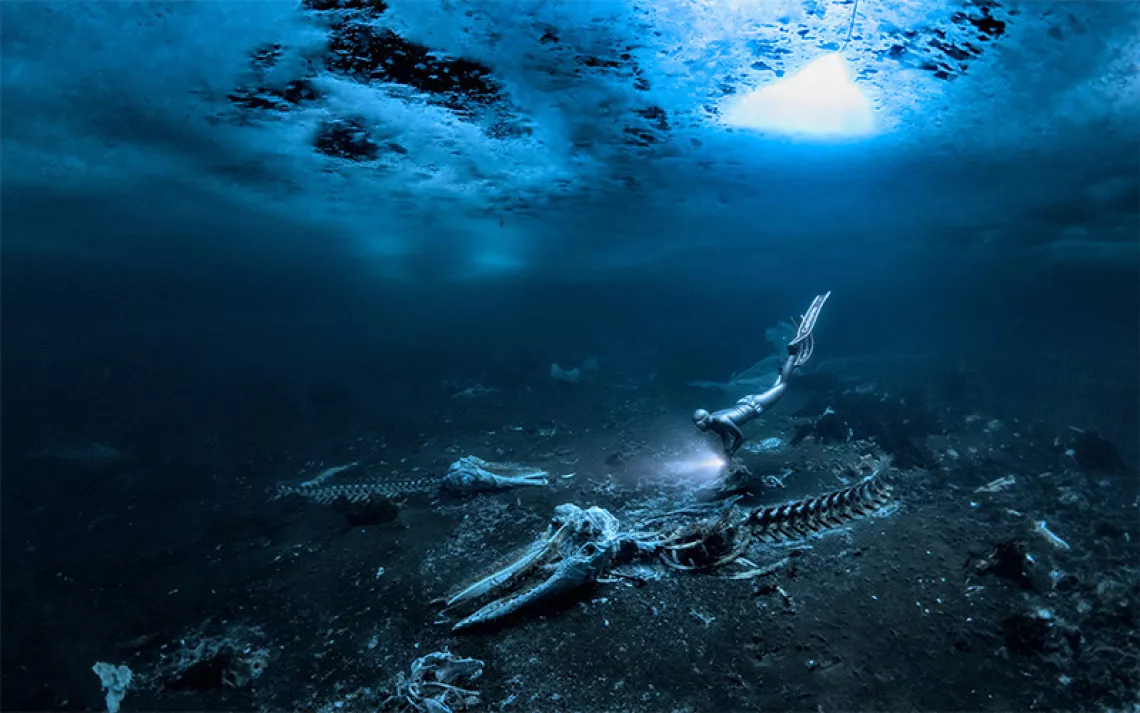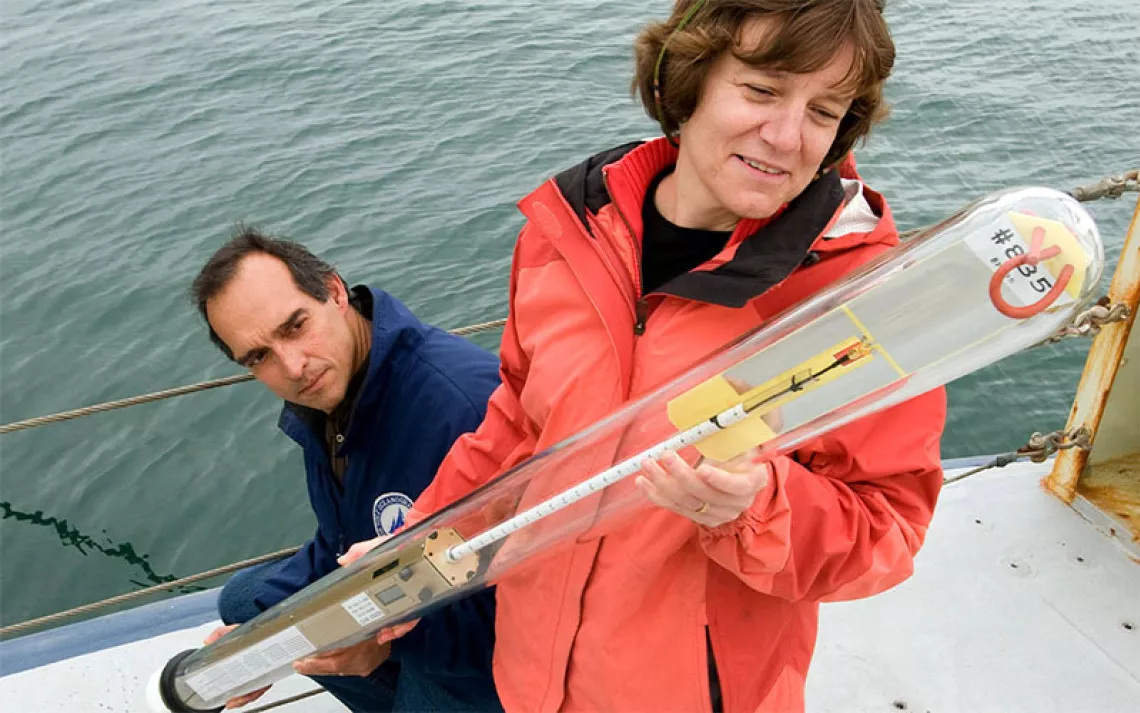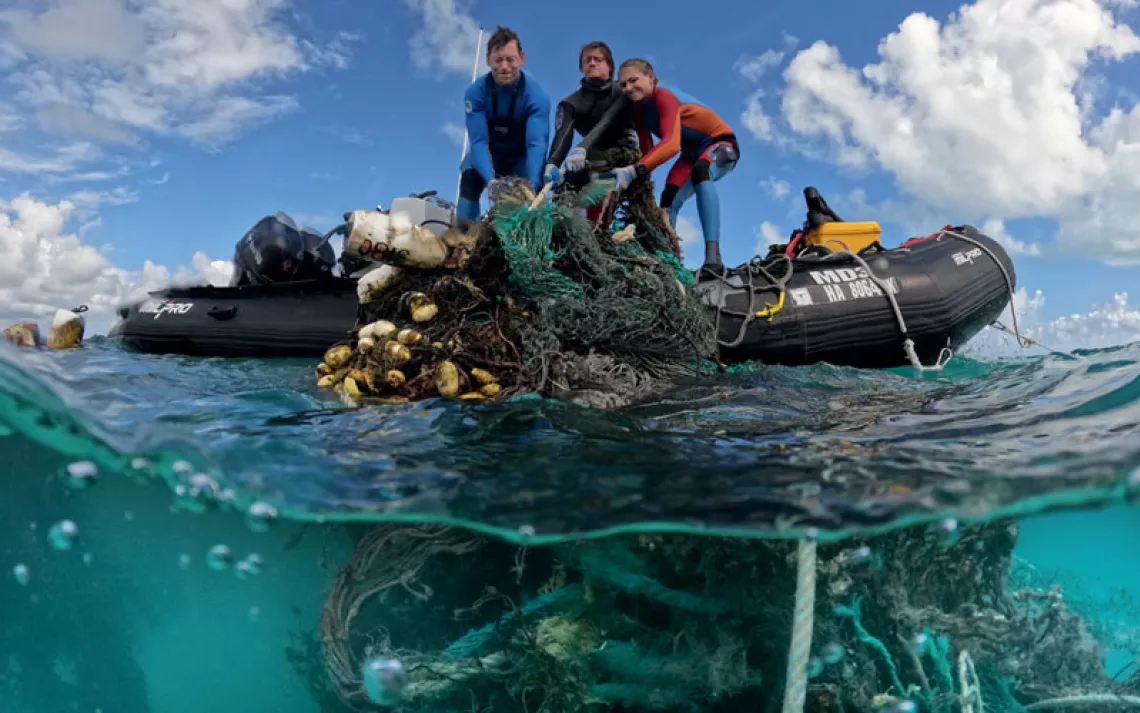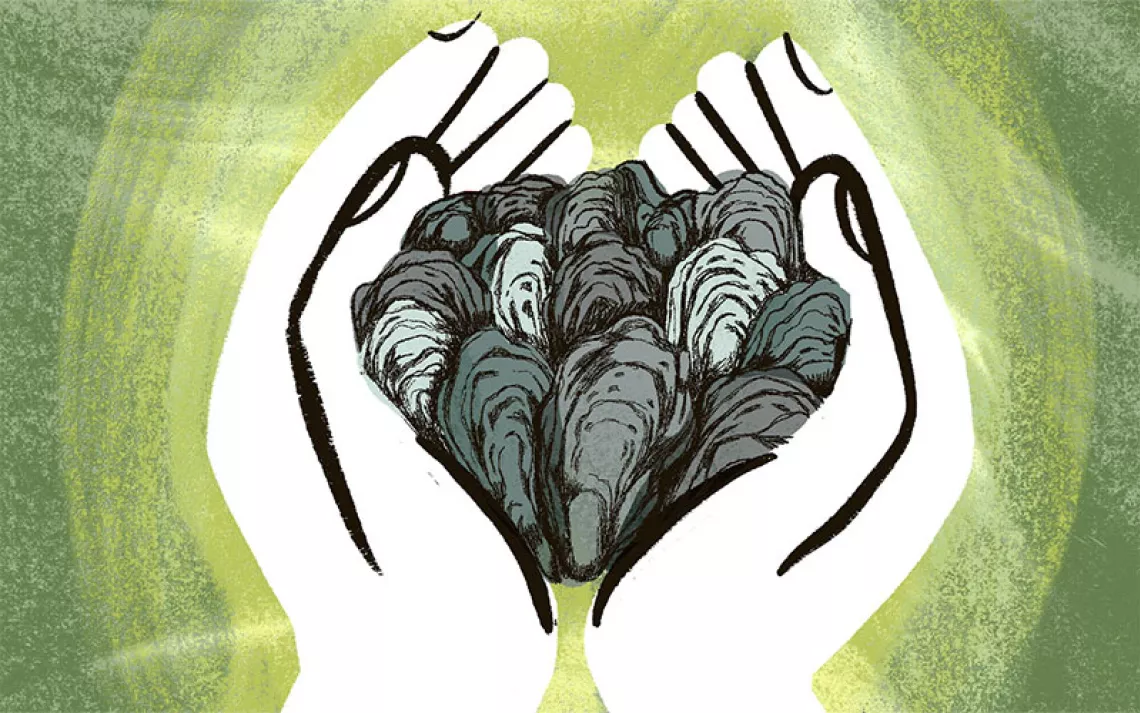Lobsters: Ten-Legged Sea Cannibals
A depraved new development among the scuttling sea bugs: cannibalism
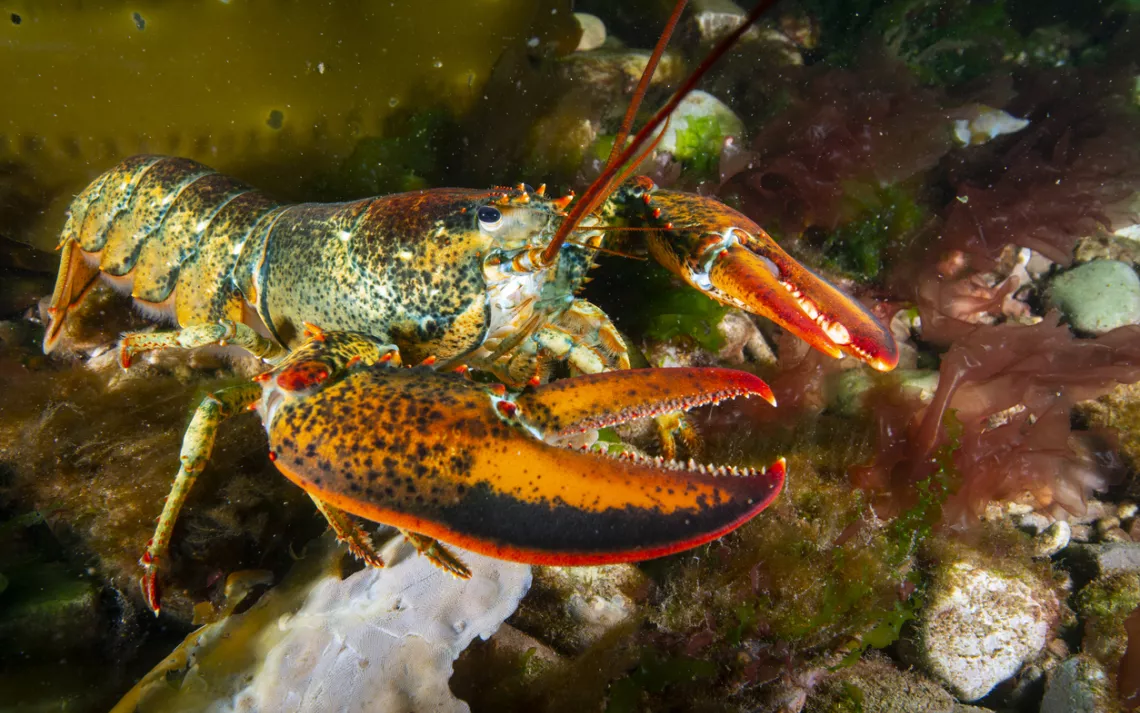
Lobsters are the upper crust of crustaceans, the tastiest of all shellfish. So tasty, in fact, that researchers at the University of Maine's Darling Marine Center have discovered a depraved new development among the scuttling sea bugs: cannibalism.
When the scientists set up infrared cameras next to juvenile lobsters tethered to the seafloor, they captured a sinister late-night lobster feed in which hefty 10-legged patrons chowed down on their smaller companions without even donning a bib. "We'd never seen lobsters preying on other lobsters before," says researcher Rick Wahle.
This briny butchery may be the result of too much of a good thing. The lobster population is booming, in part because of sustainable management practices designed to leave breeding females in the sea. Last year, local lobstermen landed 123 million pounds, a 15 percent increase over the previous year's haul and a fourfold gain over 1990's. At the same time, the collapse of the cod fishery has left lobsters with few nonhuman predators, giving them the opportunity to develop a taste for one another. "It's a logical outcome of increased population density," Wahle says.
While Maine lobsters are thriving, the warmer seas brought about by climate change are proving too hot for their southern relations. Lobster harvests in Rhode Island and Connecticut have dropped by 90 percent over the past few years, and shell disease is widespread. As ocean temperatures rise, the cannibal lobsters of Maine could find that the undersea snack bar is out of their favorite dish.?
 The Magazine of The Sierra Club
The Magazine of The Sierra Club
